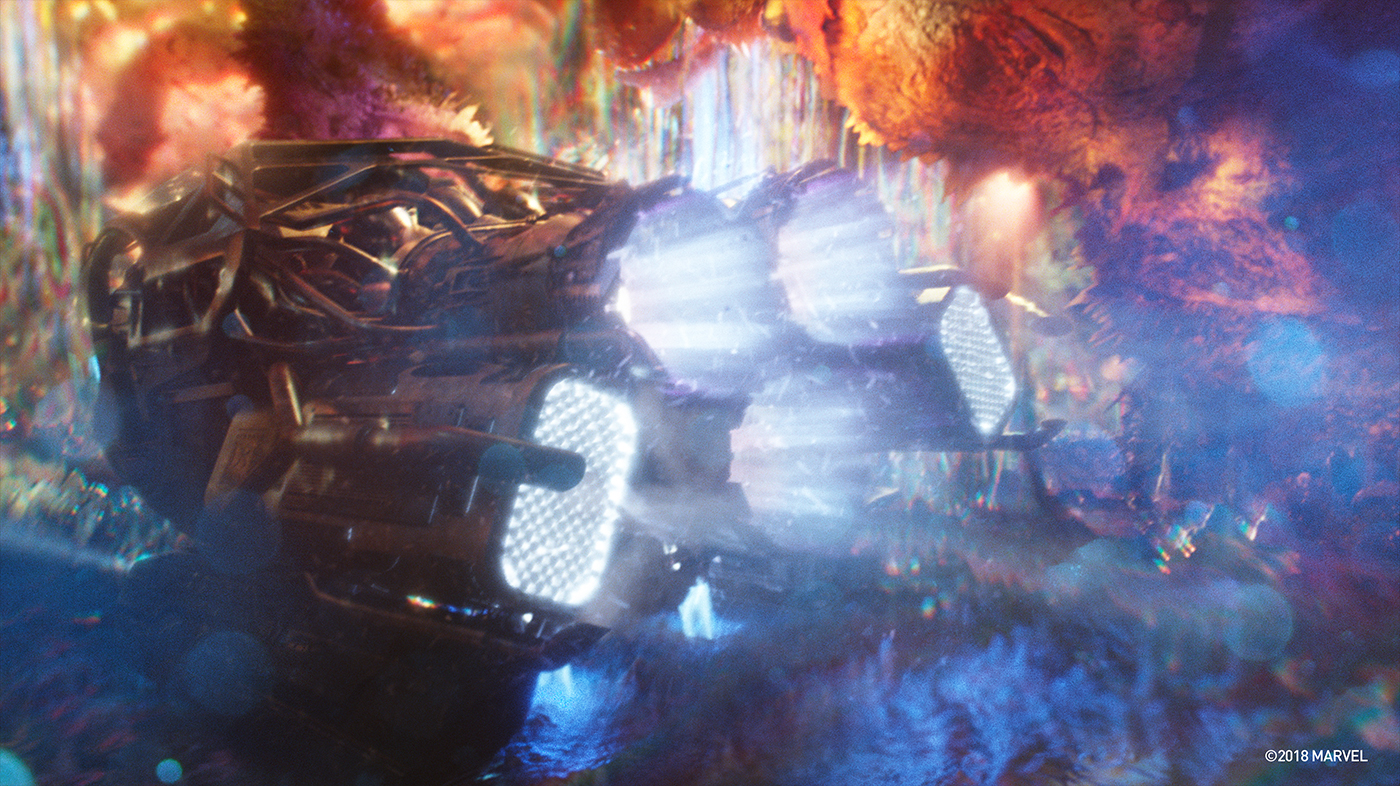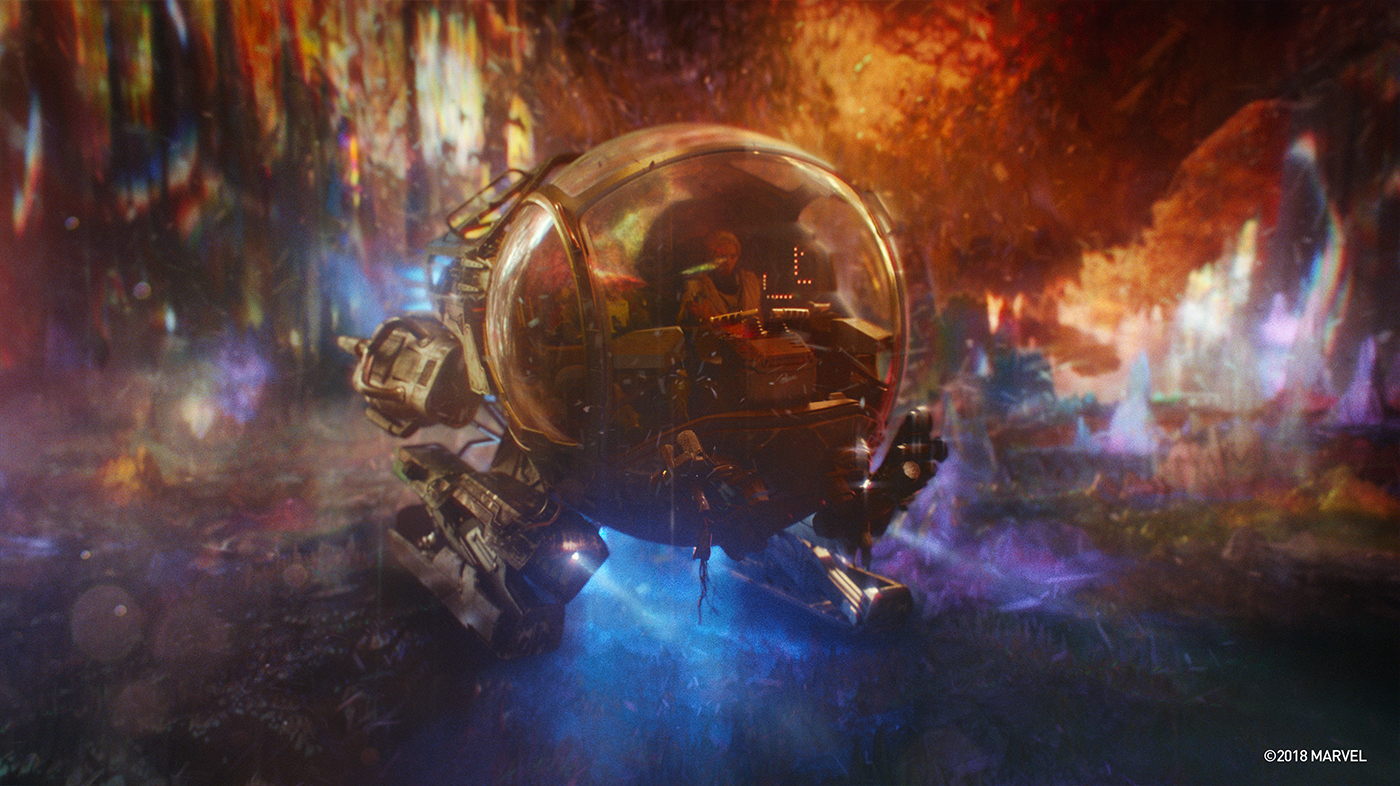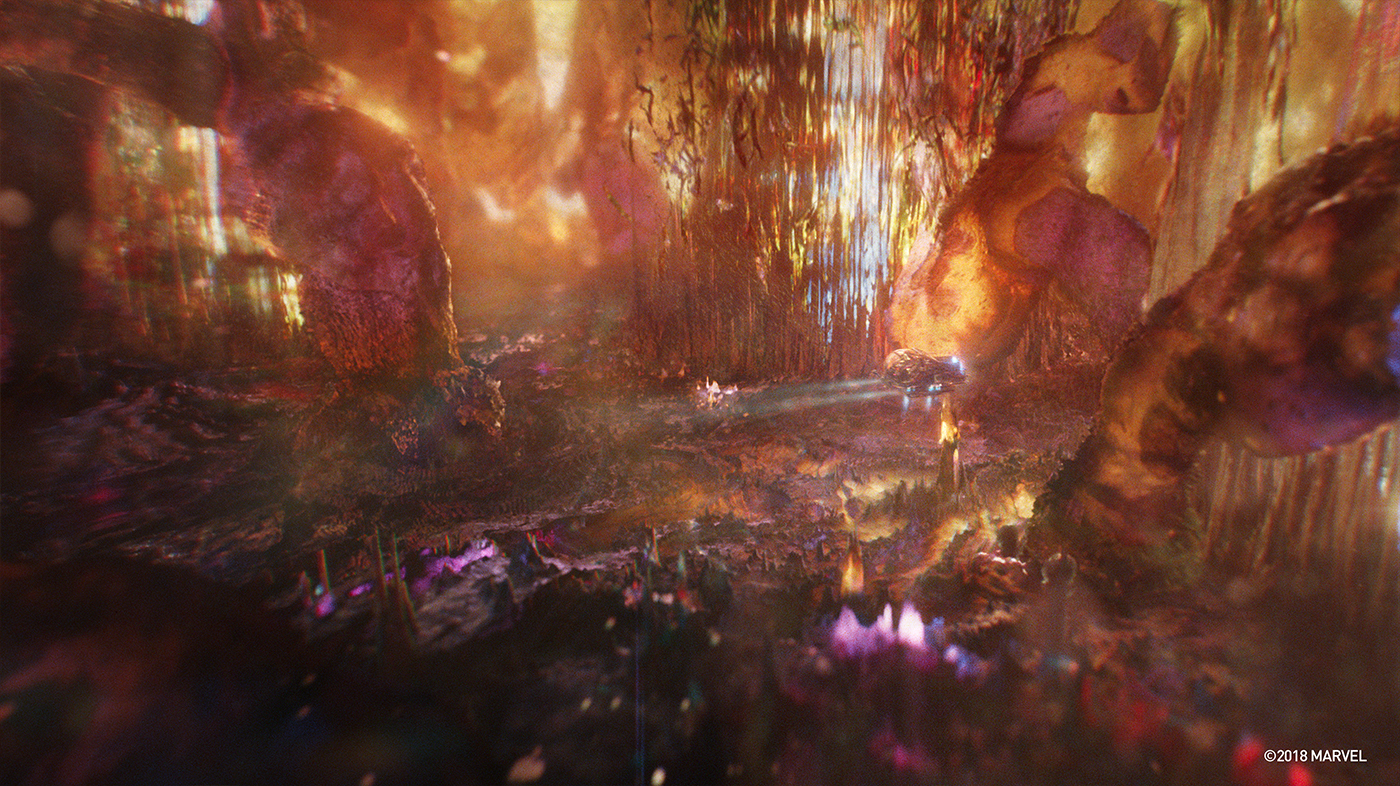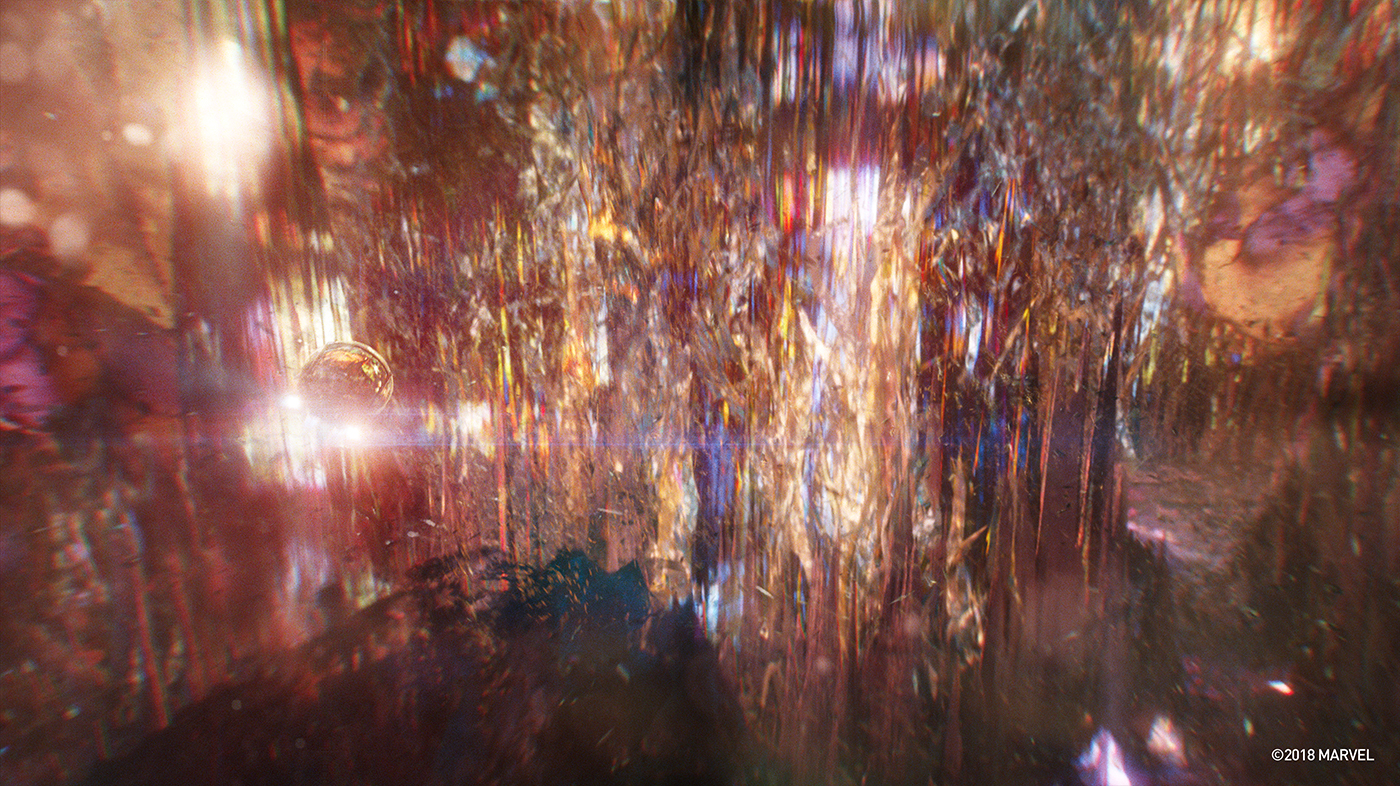In 2017, Nikos Kalaitzidis had explained the work of Digital Domain on THE FATE OF THE FURIOUS. He then worked on SPIDER-MAN: HOMECOMING, A WRINKLE IN TIME and SHADOW.
Joel Behrens began his visual effects career in 2002 at Asylum Visual Effects. Then he worked at Digital Domain, Industrial Light & Magic, ESC Entertainment and Weta Digital. He returned to Digital Domain in 2006. He has worked on many films such as TRANSFORMERS: REVENGE OF THE FALLEN, THOR, ENDER’S GAME and READY PLAYER ONE.
How did you get involved on this show?
Marvel brought us on to help with the storm sequence inside the Quantum Realm. We also worked on some environment work in the end tag sequence.
How was the collaboration with director Peyton Reed and VFX Supervisor Stephane Ceretti?
Working alongside Stephane and VFX Producer Susan Pickett involved a lot of laughter. We were creating something absolutely absurd and out of this world–literally, and the cineSync reviews were borderline ridiculous along with creative banter. Towards the end, we were so ingrained in everything quantum that every word we used to describe something had to start with the word QUANTUM. We got a big kick when the same line we repeated ended up in the movie.
What was their expectations and approaches about the visual effects?
The initial concept art created for the Quantum Realm was our guide, but the storms had to be created and new. Check out this epic concept art:
How did you organize the work with your VFX Producer?
The Quantum Realm sequences were organized by four key areas: The descent, the rescue, the storms and the ascent. The storm sequence was the least developed, so we were able to carve that out of the Quantum Realm sequence and run with it.
How did you split the work amongst the Digital Domain offices?
Several of our studio locations worked together, including LA, Vancouver & Hyderabad.
Can you explain in detail about the design of the Quantum Realm?
In our terrestrial world that we all know, explosions and storms have a certain way of behaving. The volumetrics of elements getting torn apart, provides you with expectations on how dirt and dust move in that situation. Knowing that we were removed from the real world in the Quantum Realm, we stayed away from that as much as possible with Stephane’s guidance. Also, everything within the environment, from geometric shapes, displacements, textures, colors, lens breathing all had to be animated, as if the landscape itself was alive and breathing.
Everything is moving constantly in this environment. Did you use procedural tool for that?
After modelling and laying out the environment with the basic shapes of the Quantum Realm, we used SideFX Houdini software to procedurally animate the geometry, displacements, and textures rendered in Mantra. However, with the finite amount of time on the project, we wanted to have more control and let art direction play a larger role in the colors selected and to do so we had to have that controlled in compositing using Nuke. Even though it labored more with our compositors, it allowed us to be even more creative quickly to showcase the client’s vision.
Can you explain in detail about the creation of the storm?
The storm was a necessary part of the narrative to bring a sense of urgency for Janet and Hank to escape. At the beginning of the sequence, the ground Hank walks on moves in a subtle erratic movement. Towards the end of the sequence, when Hank & Janet are attempting to escape their Quantum world, the ground becomes aggressively more unstable and these energetic tornados begins to rip apart this world.
With so many different colors and lights source. How did you handle the lighting challenge?
The Quantum Realm environment had sort of a lava lamp feel to it to show how all the geometry would constantly be moving. However, the sky tubes within the world had to be saturated with a specific color scheme with translucent material. Light placement would dictate the translucency versus opacity along with the right amount of spec to define the shape and form of the landscape. We also rendered out many separate light passes for compositing to use when we needed to get extra translucency in specific areas.
What was the main challenge with the Quantum Realm and how did you achieve it?
We always want to challenge ourselves to create something that has never been done before. There really wasn’t any photographic guidance or reference for what a Quantum Realm could be. We eventually found macro electron photography of the inside of a human cell and it was roughly what we were going for. We used this for a bit of continued inspiration during the time of development.
With so many CG elements, how did you prevent your render farm to do not burn?
One of our Lighting TD’s had managed to optimize our renders which made it easier for our artists to render without burning out the farm.
How did you work with Method Studios for the assets sharing?
Method had done so much work within the Quantum Realm, and it was a challenge unpacking and unraveling all the Quantum data due to the fact the LookDev was always in flux. At the end of the day, both teams grabbed a beer and had a good laugh about our Quantum entanglement.
Can you tell us more about your environment work outside the Quantum Realm?
The end tag sequence was shot in Los Angeles, and had to actually be San Francisco. We had shot high-res tiles to create a panorama of the San Francisco skyline. There was actually a lot of haze in the sky the day we shot the tiles, which ended up matching our photography in overcast LA perfectly.
What is your best memory on this show?
The best thing about this show was the creative collaboration among a strong team. Many of the artists and leads were always trying new procedures and adding something different to achieve a look we’ve never seen before. It was always exciting coming in the next morning and reviewing new simulations and renders with the leads and artists.
How long have you worked on this show?
We worked on the show from March until early June, 2018.
What’s the VFX shots count?
We worked on a total of 87 shots simultaneously not knowing the final edit (47 in Final Edit). We wanted to ensure that whatever route Marvel chose, they would have the best work from us.
What was the size of your team?
We had teams across LA, Vancouver & India with more than 150 people, at various times, throughout the show.
A big thanks for your time.
// WANT TO KNOW MORE?
Digital Domain: Dedicated page about ANT-MAN AND THE WASP on Digital Domain website.
© Vincent Frei – The Art of VFX – 2018










